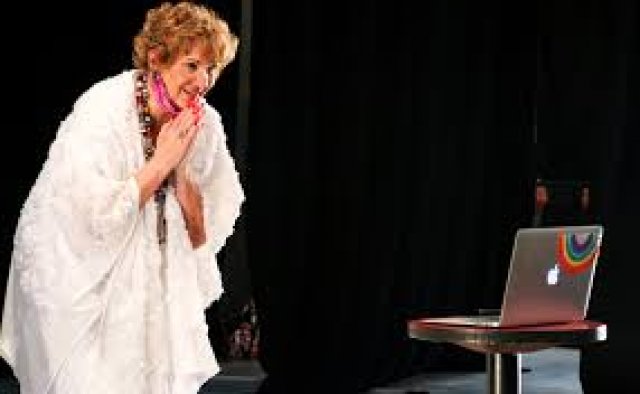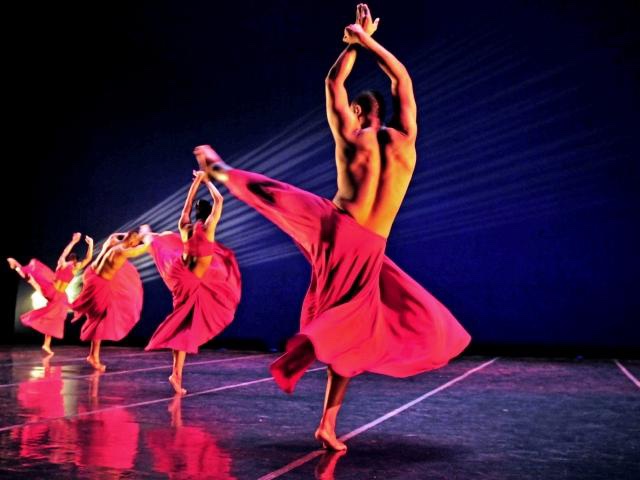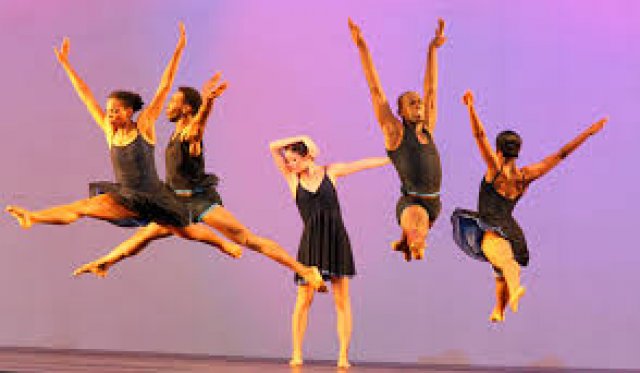Cleo Parker Robinson, Going the Distance
Celebrating 50 Years of Black dance
By: Susan Hall - Sep 29, 2021
Journeys
Cleo Parker Robinson Dance Ensemble
Ellie Caulkins Opera House
Denver Performing Arts Center
September 24, 25, 2021
Cleo Parker Robinson is celebrating the 51st anniversary of the founding of her dance troupe. Covid buried the 50th. This celebration had added sizzle. Live dance is happening at last.
Robinson has been on the American dance scene for a half century. She studied with Katharine Dunham and uses the idioms and gestures of Afro-Caribbean dance, combined with an early training in classical ballet. Like fellow Black choreographer Alvin Ailey, she has always designed her work to reach a broad audience: people of all ages and of all colors of the rainbow. Throughout the world, she has made her point. Dance communicates to everyone and gives pleasure, comfort and emotional uplift. The carrying gestures are felt in their upward motion.
Robinson created an original technique characterized by classical lines, a torso capable of both isolations and undulations, and use of a wide range of tempos and rhythmical styles than other Western concert dance forms of the time.
Progressions of specific movements include walks, prances, second position jumps, turns, and finishing with jumps. Walks and prances are grounded and into the earth. The quality of movement changes as the rhythms do. Women look like African queens carrying something on their heads that must not be dropped.
The program began with a recitation by CPR Dance co-founder Schyleen Qualls of Hip Hop Bop, a poem by Jabari Asim. We are instantly aware of the rhythms of Black language, of its strut and beat: a disruption of the master narrative. It is a testament to strength, resilience and beauty. From this we learn of technique and style transformed into gesture and rhythm. Movement is given to Black life, feelings difficult to put into words are gestured.
Qualls firm take on the words of Jabari Asim set the stage for the magnetically attracting eagle spread arms, the Cossack squats, and delicate swirls that would follow in dance not only from America, the Caribbean (especially Haiti) and Africa.
Haitian choreographer Jeanguy Saintus gives the feeling of dancing beautifully without even knowing it in Fusion. A spiraling line centers the work. Then possession overtakes the dancers, taking us with them in their sweeping colors to a spiritual place we have not seen before. Saintus is self taught, which allows him to connect directly with the history of the Haitian peoples, from voodoo to revolution.
Four Journeys created by Mexican choreographer Amalia Viviana Basanta Hernandez, embraces the legend of Catarina, “La China Problema," Pacific commerce and the splendor of the Orient as they reach tiny Mexican villages.
Dianne Reeves sang for CPR’s Freedom Dance, also a world premiere which celebrates women goddesses. Freedom Poem was written and performed by Qualls. The integration of live performance with dance powerfully moves us to see the strength and beauty that was being sung, spoken and especially danced.
The crowning moments came in Robinson’s Standing on the Shoulders, which premiered in Vail in August. Here we see references to Dunham, to Primus, a medical doctor who couldn’t find work and turned to dance to provide fists to fight racism. Carmen De Lavallade , Ailey, Janet Collings and Taloy Bailey all provide grist. Reference to the One Breath which gives us strength roots us in George Floyd’s death and our renewed mission to confront our racist past.
A !1Shut Out!! Ended the performance, with the audience on their feet shouting and rocking.



